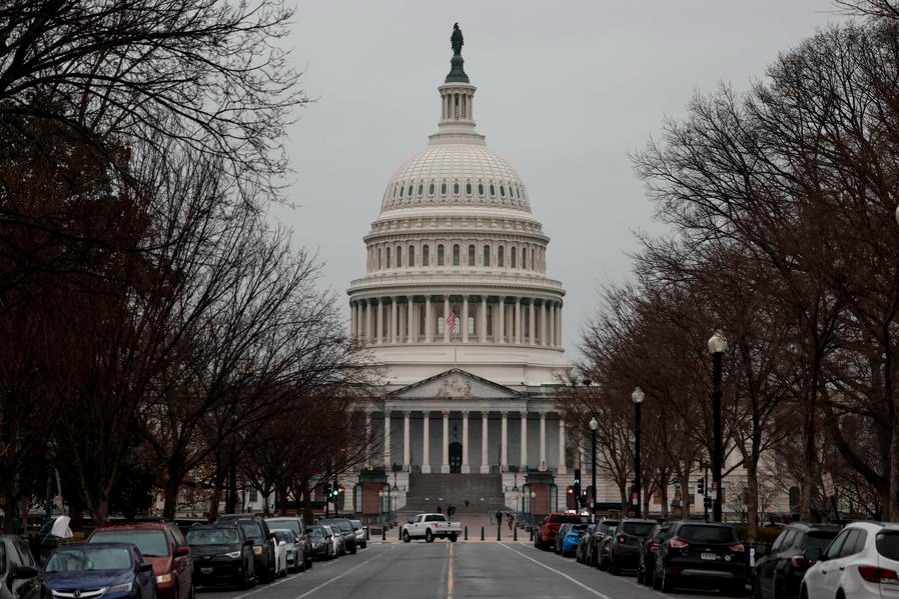Why Saudi Arabia's interest in CPEC, BRI is good news


During Pakistan's Prime Minister Imran Khan’s first state visit to Saudi Arabia fruitful discussion resulted in Pakistan extending an official invite to Saudi Arabia as the third “strategic” partner in the China-Pakistan Economic Corridor (CPEC) vision. CPEC is a flagship project of China’s Belt and Road Initiative (BRI. CPEC’s scope is massive, with large infrastructure development projects such as rail and road networks spanning large distances. Since it’s inauguration in 2013, CPEC, a $60 billion project, has achieved a transformative status for the entire region and China considers it an important landmark in the chain of other BRI projects.
Saudi Arabia has shown a keen interest toward investing in several CPEC projects, with the construction of an oil refinery worth over $8 billion in Gwadar visited by the Saudi delegation is the most notable. The agreement is expected to be formalized during the visit of Saudi Crown Prince Mohammed bin Salman, scheduled in October. A Saudi delegation is expected to sign various Memoranda of Understanding with Pakistan in the sectors of energy and minerals as well as trade cooperation, and these will eventually extend China’s BRI from Gwadar to Africa through Oman and Riyadh.
China has pledged to spend over $1 trillion on infrastructure development and connectivity in the BRI countries. In a recent press conference by Chinese Ambassador to Pakistan Yao Jing conveyed a message that “China welcomes Saudi Arabia’s investment in CPEC”.
One of the greatest merits of CPEC is the elimination of the threat that any blockade to the Malacca straits would pose. Much of the world is dependent on the route through Malacca Straits for trade and this is a vital strategic weakness which is being addressed through the Gwadar sea port.
It is important to consider Saudi Arabia’s growing partnership with China as well as the existing relationship between Saudi Arabia and Pakistan to understand the reasoning behind its participation in CPEC projects. CPEC is ultimately providing access for China’s western region to international markets via Gwadar port. Saudi Arabia’s active participation in CPEC would provide China an open window of opportunity to gain access easily all the way to Africa and Eurasia through Oman and Riyadh. China also desires to link with Central Asia via Afghanistan through CPEC. Furthermore, China’s active presence in Gwadar and the Gulf would make China a “two oceans” power at the same time. Saudi Arabia’s participation can encourage other regional countries to join in this multibillion dollar project that has the potential to eventually shape the economic and geo-strategic landscape of the region and it will open new vistas of development and prosperity for decades to come.
China and Pakistan have shown satisfaction over numerous ongoing projects and have reached a new consensus on better promotion of the corridor. Successful completion of CPEC will play an essential role in achieving China’s dream of a Mmaritime Silk Route. Saudi Arabia’s participation in CPEC projects is timely as both China and Saudi Arabia are moving closer and the alignment of goals under BRI and Saudi Arabia’s Vision 2030 which is to shift from an economy dominated by petroleum to a more diverse economy. In March, Saudi King Salman’s visit to China resulted in the strengthening of bilateral ties and cooperation between China and Saudi Arabia with signed deals worth $65 billion. The deals were signed to cooperate in the fields of technology, the energy sector and petrochemical refineries.
It is important to understand that China’s growing relations with the Middle East and other countries are partnership-based relations rather than the formation of any alliance. Through the BRI and China’s bilateral relations, China has emphasized a development based solution rather than through the use of hard power or power politics. China’s model has attracted further interest from Middle Eastern countries and brought them closer to China.
BRI is meant to link China with countries across Eurasia and Africa, and it is for this reason that the Middle Eastern is a geo-strategically critical hub for linkage and essential for the success of the BRI. Saudi Arabia’s agreement to participate in CPEC projects is a key example of China’s relations with Saudi Arabia and other Gulf countries warming considerably and it is this involvement that is extremely beneficial for the region and the success of BRI. One of the main goals of China’s foreign policy is to maintain economic development, trade, and seek new markets; BRI provides Beijing greater leverage in international politics to achieve its foreign policy goals in the long term.
Asif Amin is a doctoral candidate at School of International and Public Affairs Jilin University in Changchun, China.
The opinions expressed here are those of the writer and do not represent the views of China Daily and China Daily website.


































